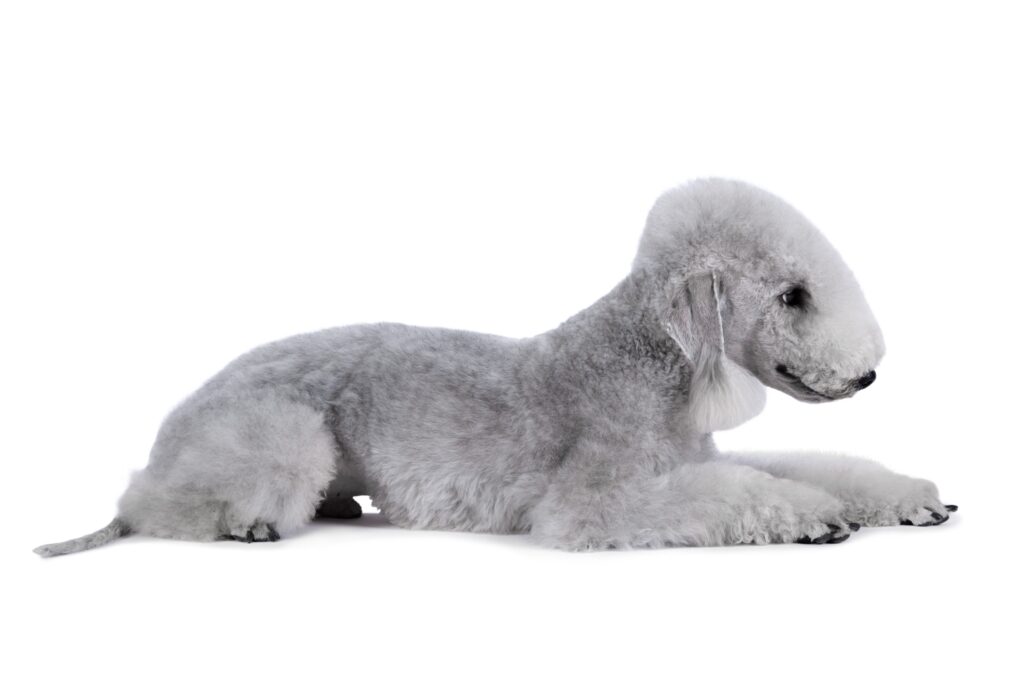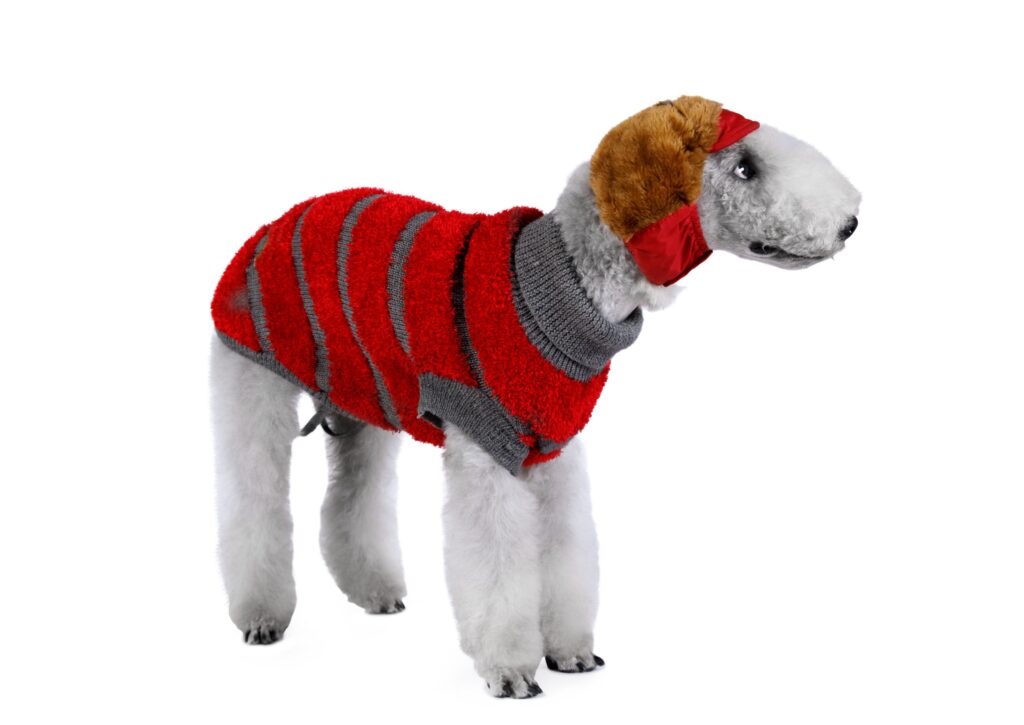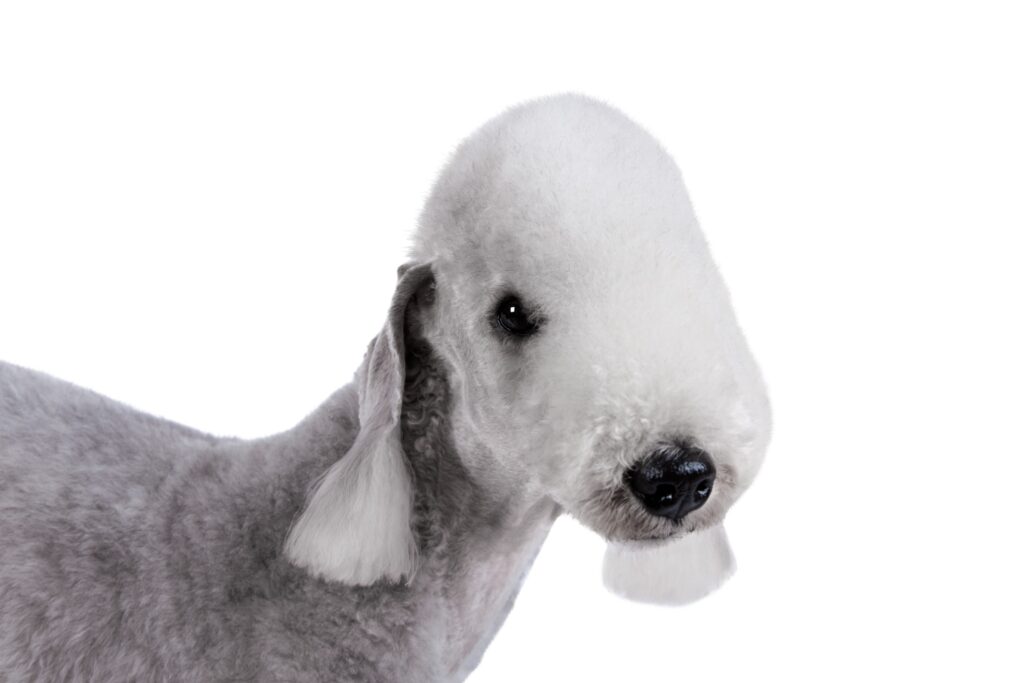Bedlington Terrier vs. Jack Russell: Which Breed is Right for You
Bedlington Terriers are energetic and playful but can also be stubborn and independent. They are devoted and affectionate with their families but may be reserved around strangers. Jack Russells are known for their high energy and lively personality and are intelligent and curious dogs that require a lot of exercise and mental stimulation.




In terms of their care, both breeds require regular exercise, training, and grooming to stay healthy and happy. Bedlington Terriers require more grooming than Jack Russells due to their curly coat and may also require more attention to training due to their independent nature.
Jack Russells may have a higher likelihood of experiencing certain health issues, including hip dysplasia and eye disorders, whereas Bedlington Terriers may be more prone to liver disease. Ultimately, the choice between a Bedlington Terrier and a Jack Russell comes down to personal preference and lifestyle factors.
Table of Contents
History and Origin


Bedlington Terriers and Jack Russell Terriers originated in the United Kingdom.
The Bedlington Terrier was first bred in the town of Bedlington in the county of Northumberland in the 18th century. These animals were initially bred to hunt vermin, such as rats and badgers, and catching rabbits and hares. They were also used for dog fighting, but this practice has since been outlawed. Bedlington Terriers were recognized by the American Kennel Club in 1886.
The Jack Russell Terrier breed originated in the mid-to-late 1800s by a pastor named John Russell. He wanted a small but feisty dog that could hunt foxes, so he crossed various terrier breeds to create the Jack Russell Terrier. They were originally called the “fox terrier” or “working terrier” and were used by hunters on horseback to chase foxes out of their dens. The breed was officially recognized by the American Kennel Club in 2012.
Physical Characteristics
Size and Weight
The Bedlington Terrier and Jack Russell Terrier have distinct differences in size and weight. The Bedlington Terrier stands at about 41cm in height and weighs between 8 – 10kg. On the contrary, the Jack Russell Terrier is smaller, standing at about 25cm in height and weighing 5 – 7kg.
Coat and Color
Both breeds have unique coats with different colors. For example, the Bedlington Terrier has a soft, curly coat that comes in blue, sandy, or liver colors with tan markings in some areas. The Jack Russell Terrier has a short, smooth, white coat with black, tan, or brown markings.
Facial Features
Based on observation, Bedlington Terrier has a distinctive lamb-like appearance with a long, narrow head and bright, deep-set eyes. They have gentle expressions and floppy ears. On the other hand, the Jack Russell Terrier has a more fox-like appearance with a square-shaped head, almond-shaped eyes, and pointed ears that stand erect.
Temperament and Personality


Energy Level and Exercise Needs
Bedlington Terrier and Jack Russell Terrier breeds need regular exercise due to their high energy levels to keep them healthy and happy. The Bedlington Terrier is known to be a bit calmer indoors than other terriers but still enjoys a good romp outdoors. The Jack Russell Terrier, conversely, is super energetic and exuberant and can sometimes exhaust their owners with their constant need for activity.
Trainability and Intelligence
Both of these breeds are intelligent and possess a strong desire to please their owners. However, the Jack Russell Terrier can be more stubborn and independent, making training more challenging. The Bedlington Terrier is generally easier to train but can still have a stubborn streak.
Socialization
Both breeds are friendly and social with people, but the Bedlington Terrier may be a bit more reserved with strangers than the Jack Russell Terrier. Regarding other dogs, the Jack Russell Terrier can be a bit more aggressive and territorial, while the Bedlington Terrier is generally more accepting of other dogs.
Health and Care


Common Health Issues
Bedlington Terriers and Jack Russell Terriers are generally healthy breeds but can still be prone to certain health issues. For example, Bedlington Terriers may be susceptible to hip dysplasia, eye diseases, hypothyroidism, and liver disease. Jack Russell Terriers may be prone to deafness, patellar luxation, Legg-Calve-Perthes disease, and other common health issues associated with each breed:
- Copper storage disease: This genetic disorder affects the liver’s ability to metabolize copper, leading to liver damage.
- Retinal dysplasia is genetic and impacts the retina’s growth, potentially causing vision issues.
- Hip dysplasia is a hereditary condition that causes improper hip joint development, resulting in arthritis and lameness.
- Lens luxation occurs when the ligaments that hold the lens in place break down, causing the lens to move and potentially leading to vision problems.
Grooming and Maintenance
Bedlington Terriers require regular grooming to keep their unique coat looking their best. Brushing them once a week and scheduling a trim every six to eight weeks is recommended. Meanwhile, Jack Russell Terriers have short, wiry coat that requires minimal grooming. A weekly brushing and occasional bath will keep them looking their best. Maintaining regular nail trimming and ear check-ups for both breeds is important. This helps prevent infections and ensures their overall well-being.
Nutrition and Feeding
Bedlington Terriers and Jack Russell Terriers should be fed high-quality dog food appropriate for their age, size, and activity level. Therefore, measuring their food and avoiding overfeeding is important to prevent obesity.
Bedlington Terriers may be prone to copper storage hepatopathy so a veterinarian may recommend a diet low in copper. Jack Russell Terriers may be prone to dental issues, so feeding them dry kibble or dental chews can help maintain their oral health.
